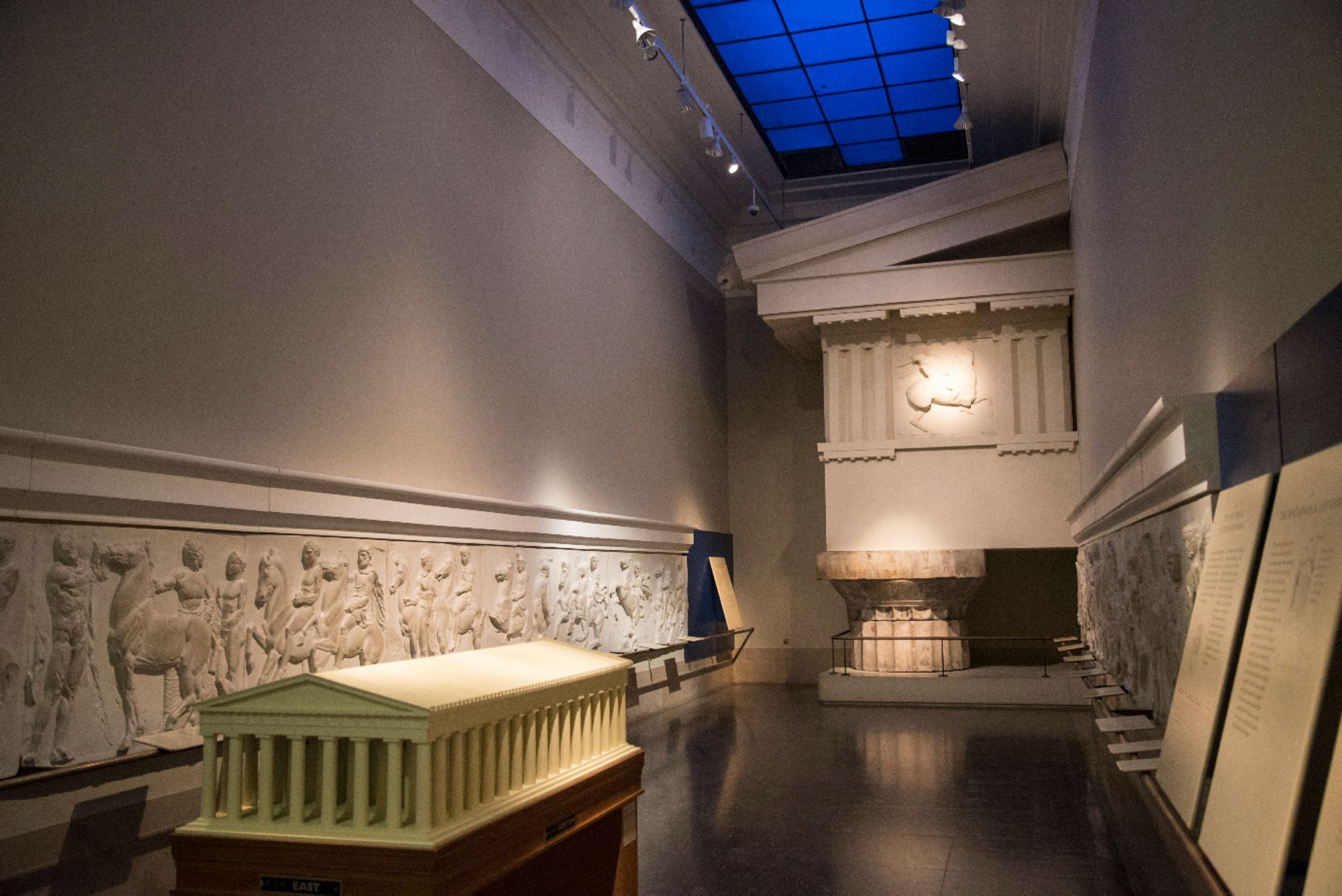Fire Compartmentation Works
Location: The British Museum, Bloomsbury, London WC1
Duration: 16 weeks
Scope of project
The Fire Compartmentation Ventilation Works are an integral part of the ongoing Fire Safety works programme at The British Museum. This project comprised of the upgrade of existing services penetrations through floors, ceilings, walls, doors and partitions to meet the fire rating as identified on the Museum’s fire compartmentation drawings. The works covered both front and back of house internal spaces, circulation and escape routes within Sectors A to C. The works included the provision of new smoke damper systems, fire dampers and intumescent fire cores. This also included all supporting electrical & controls installations and programming works. AWL was contracted directly by the British Museum as Principal Contractor for this project.
As part of this project, dampers were installed from the ActionAir range of products and were either 24Vdc or 230Vac, HM5 PTC and HM6 PTC respectively, and controlled with SFDI controls interface in various locations.
Our engineers have gained a high degree of familiarity with ActionAir products and the installation requirements, network cabling, associated devices and the specific requirements of ActionAir and the commissioning process of the engineers when they visit site.
AWL contracted Honeywell Control Systems as a domestic subcontractor to provide and commission specialist devices for the interfacing with the Museum’s Fire Detection System installation. The installation was fully compliant with the requirements of the Museum’s FAEL Harmonisation Document(s). This included a Site Acceptance Test demonstrating the full functionality of all FAEL systems and those systems connected to it.
We engaged the services of Framework Contractor Coniston Limited for the additional provision of associated builders works/making good all services penetrations. BVG limited were contracted to carry out fire stopping works to all holes and services penetrations in accordance with the British Museum’s Fire Stopping Supplement. Temporary fire stopping was also provided by AWL at the end of each working day to all holes and services penetrations that were made in the building fabric.
Challenges
This project was being carried out in an area where there is always a large amount of people traffic where we had to segregate and isolate each work face from access by Museum staff, visitors and the public. Occasionally, components of the work crossed main circulation routes, where we managed the work outside the peak periods behind removable barriers. Artefacts were present in
certain areas and procedures were adopted to ensure total protection from accidental damage, noise and dust ingress. Although the exhibits were encased in protection, Alpine Works were keen to ensure that working near enclosures, accidental falls and trips would not damage or undermine the integrity of these enclosures.
The pre-construction relationship was essential to the success of the project, but also in assisting with the design and identifying problems early in the process which allowed us to collaboratively resolve any issues. This very approach has been instrumental in establishing long-term relationships with our clients.

